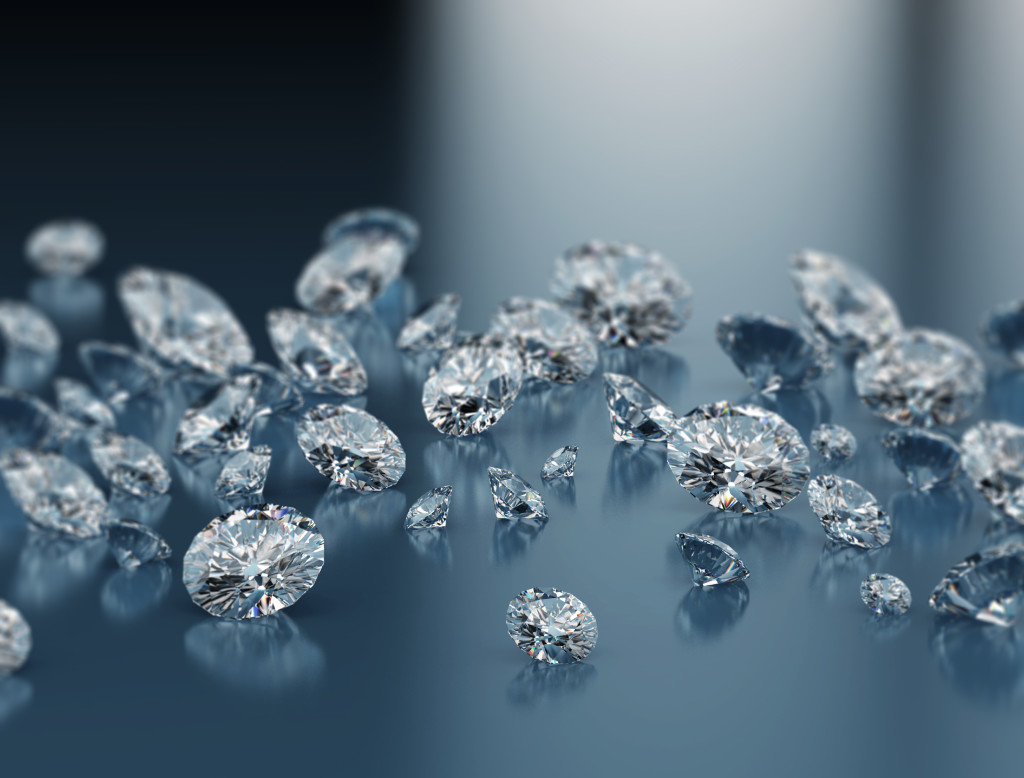Understanding Diamond Substitutes: A Comprehensive Guide

When it comes to purchasing gemstones, diamonds are often seen as the ultimate choice due to their beauty and durability. However, the rising popularity of diamond substitutes, especially lab-made diamonds, is transforming the jewelry market. This article delves into what diamond substitutes are, the differences between lab-made diamonds and natural diamonds, and why more consumers are opting for these alternatives.
What Are Diamond Substitutes?
Diamond substitutes are gemstones or materials that are designed to mimic the appearance and properties of natural diamonds. While diamonds are formed over millions of years under intense pressure and heat in the Earth’s mantle, diamond substitutes can be made from various materials. These substitutes can include cubic zirconia, moissanite, and synthetic diamonds, commonly known as lab-made diamonds.
Popular Types of Diamond Substitutes
There are several popular types of diamond substitutes available on the market today. One of the most well-known is cubic zirconia (CZ), a synthetic gemstone that is often used in place of diamonds due to its affordability and clarity. Another popular substitute is moissanite, which has a higher refractive index than diamond, giving it even more sparkle. Additionally, lab-made diamonds have gained traction as an ethical and cost-effective alternative to natural diamonds.
The Rise of Lab-Made Diamonds
Lab-made diamonds have become increasingly popular among consumers seeking environmentally friendly and ethically sourced options. Unlike natural diamonds, which can involve destructive mining practices, lab-made diamonds are created in controlled environments, using advanced technology that mimics the natural diamond formation process. This has led to a significant increase in the availability of diamond substitutes that are both high-quality and ethically produced.
Benefits of Choosing Lab-Made Diamonds
One of the primary benefits of choosing lab-made diamonds is their cost-effectiveness. Typically, these diamonds are 20-40% cheaper than their natural counterparts. This affordability allows consumers to purchase larger or higher-quality stones without breaking the bank. Moreover, diamond substitutes like lab-made diamonds do not compromise on quality, as they possess the same physical and chemical properties as lab made diamonds.
Environmental Impact of Diamond Production
The environmental impact of diamond mining has become a significant concern for many consumers. Traditional diamond mining can lead to habitat destruction, soil erosion, and water pollution. In contrast, lab-made diamonds have a much smaller ecological footprint. By choosing diamond substitutes like lab-made diamonds, consumers can support sustainable practices and reduce their environmental impact while still enjoying the beauty of diamonds.
The Ethical Considerations
Ethics play a crucial role in the growing popularity of diamond substitutes. The term “blood diamonds” refers to diamonds mined in war zones and sold to finance armed conflict. This has raised awareness about the importance of sourcing gemstones responsibly. Lab-made diamonds provide a solution to this ethical dilemma, as they are produced without the potential human rights violations associated with mining. Consumers can wear their jewelry with pride, knowing it is sourced responsibly.
How to Choose Between Natural and Lab-Made Diamonds
Choosing between natural diamonds and diamond substitutes like lab-made diamonds ultimately depends on personal preferences. Those who value tradition and the rarity of natural stones may still prefer authentic diamonds. However, consumers looking for a more affordable and ethical option may find lab-made diamonds to be a better choice.
Factors to Consider
When selecting between these options, consider the following factors:
- Budget: If you’re looking for a cost-effective solution, lab-made diamonds are generally more affordable than natural diamonds.
- Ethical considerations: If ethical sourcing is important to you, diamond substitutes like lab-made diamonds are a clear choice.
- Aesthetic preferences: Both options offer stunning aesthetics, but the choice may come down to personal taste.
Conclusion: The Future of Diamond Substitutes
As consumers become more aware of the environmental and ethical issues surrounding traditional diamond mining, the demand for diamond substitutes will likely continue to rise. Lab-made diamonds represent a significant shift in the jewelry market, providing consumers with beautiful, high-quality options that align with their values. Whether you choose a natural diamond or opt for diamond substitutes like lab-made diamonds, the most important factor is that you select a piece that resonates with you.
In conclusion, the growing popularity of diamond substitutes highlights a new era in the jewelry industry. With advancements in technology and a greater focus on ethical practices, lab-made diamonds have carved out a significant niche in the market, providing consumers with beautiful alternatives that do not compromise on quality or values. As awareness continues to spread, it’s clear that the future of diamonds lies in both natural and lab-created options.




